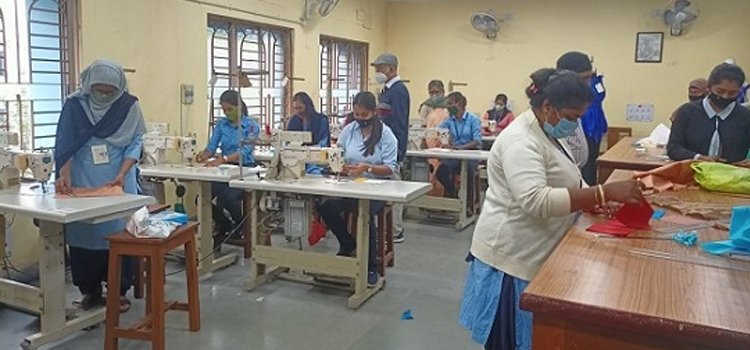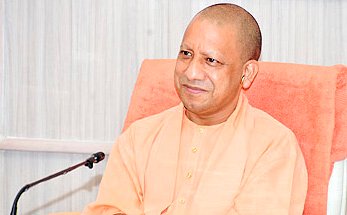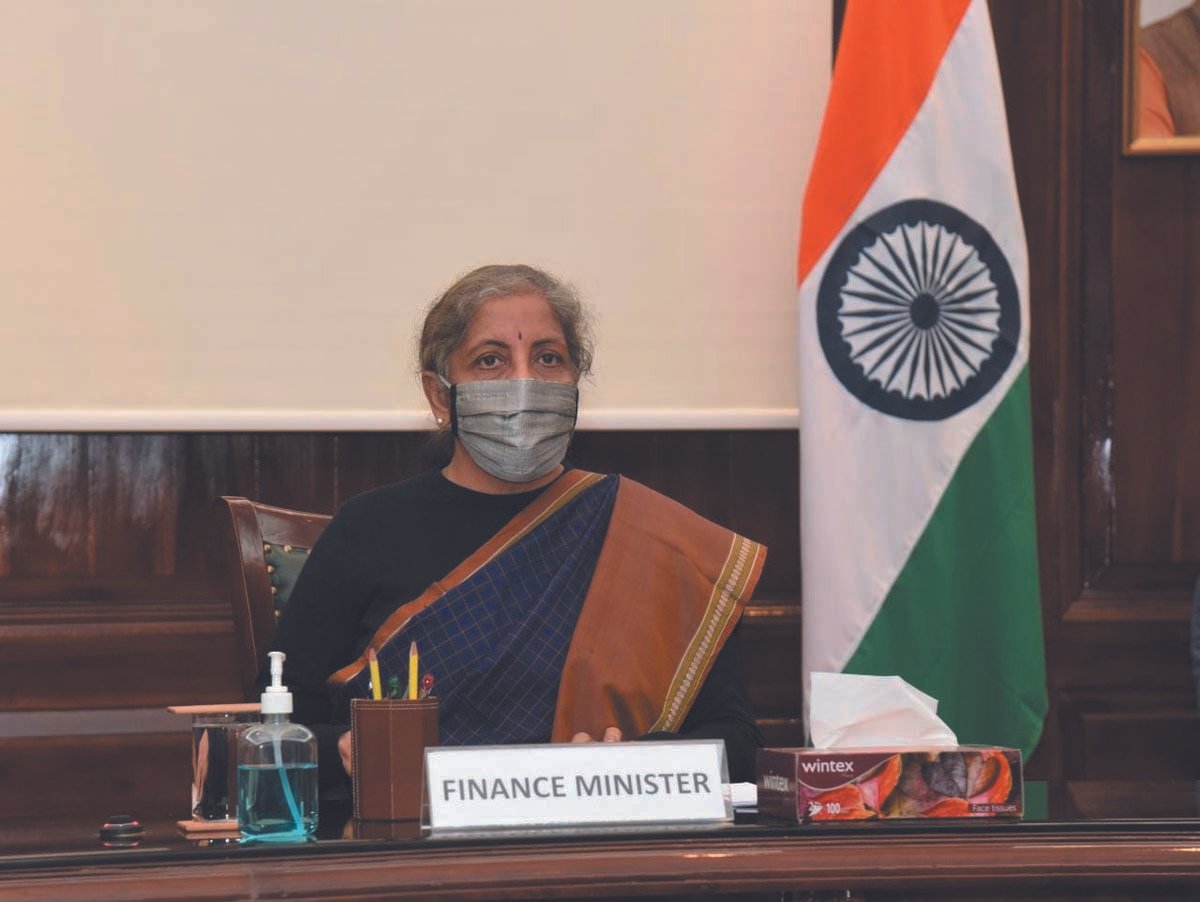ECONOMY
More than 45 crore – population of US and Russia combined – leave job market
- IBJ Bureau
- Apr 26, 2022

India’s job creation problem is morphing into a greater threat: A growing number of people are no longer even looking for work.
Frustrated at not being able to find the right kind of job, crores of Indians, particularly women, are exiting the labour force entirely, according to new data from the Centre for Monitoring Indian Economy (CMIE), a private research firm in Mumbai.
With India betting on young workers to drive growth in one of the world’s fastest-expanding economies, the latest numbers are an ominous harbinger. Between 2017 and 2022, the overall labour participation rate dropped from 46 to 40 per cent. Among women, the data is even starker. About 2.1 crore disappeared from the workforce, leaving only 9 per cent of the eligible population employed or looking for positions.
Now, more than half of the 90 crore Indians of legal working age – roughly the population of the US and Russia combined – don’t want a job, according to CMIE.
“The large share of discouraged workers suggests that India is unlikely to reap the dividend that its young population has to offer,” notes Kunal Kundu, an economist with Societe Generale GSC in Bengaluru. “India will likely remain in a middle-income trap, with the K-shaped growth path further fuelling inequality.”
India’s challenges around job creation are well documented. With about two-thirds of the population between the ages of 15 and 64, competition for anything beyond menial labour is fierce. Stable positions in the government routinely draw crores of applications and entrance to top engineering schools is practically a crapshoot.
Though Prime Minister Narendra Modi has prioritised jobs, pressing India to strive for “amrit kaal,” or a golden era of growth, his administration has made limited progress in solving impossible demographic math. To keep pace with a youth bulge, India needs to create at least 9 crore new non-farm jobs by 2030, according to a 2020 report by McKinsey Global Institute. That would require an annual GDP growth of 8 to 8.5 per cent.





















Report By
View Reporter News